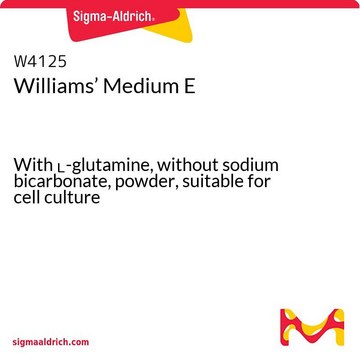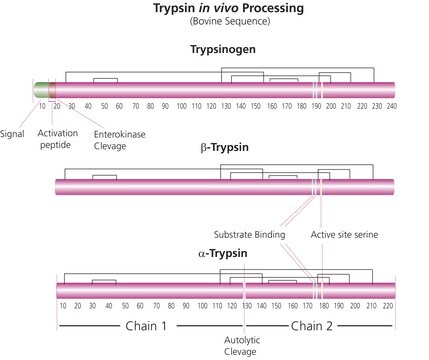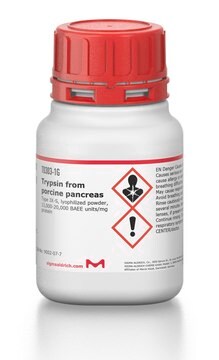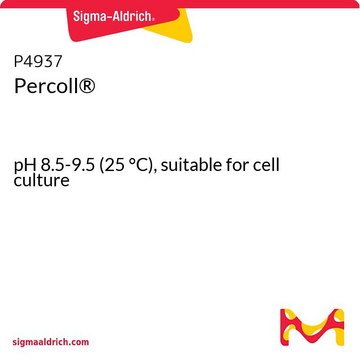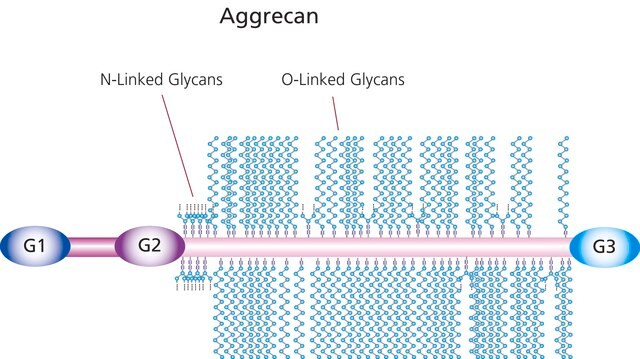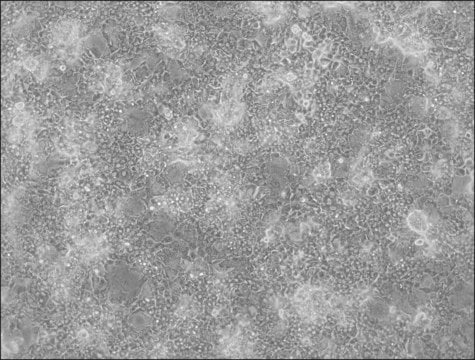W1878
Williams′ Medium E
With sodium bicarbonate, without ʟ-glutamine and phenol red, liquid, sterile-filtered, suitable for cell culture
Pharma Manufacturing
Synonym(s):
Williams’ E medium
Sign Into View Organizational & Contract Pricing
All Photos(1)
About This Item
UNSPSC Code:
12352207
NACRES:
NA.75
Recommended Products
Product Name
Williams′ Medium E, With sodium bicarbonate, without L-glutamine and phenol red, liquid, sterile-filtered, suitable for cell culture
Quality Level
sterility
sterile-filtered
form
liquid
technique(s)
cell culture | mammalian: suitable
impurities
endotoxin, tested
components
sodium pyruvate: 0.025 g/L
phenol red: no
glucose: 2.0 g/L (Dextro)
NaHCO3: 2.2 g/L
L-glutamine: no
shipped in
ambient
storage temp.
2-8°C
General description
Williams′ Medium E was developed by Williams and Gunn as a modification to Williams′ Medium D. The medium is formulated to support long-term cell culture of adult liver epithelial cells. It is a modified Minimum Essential Medium (MEM) with altered glucose and amino acid content.
Application
Williams′ Medium E has been used in the culturing of human hepatocellular carcinoma (HCC) cells and hepatic cells.
Reconstitution
Supplement with 0.292 g/L L-glutamine.
Other Notes
Phenol red has been shown to interfere with the growth of some cells at low or cloning densities. Use this version of William's E when working with stem cells or cells at low densities.
also commonly purchased with this product
Product No.
Description
Pricing
related product
Product No.
Description
Pricing
Storage Class Code
12 - Non Combustible Liquids
WGK
WGK 1
Flash Point(F)
Not applicable
Flash Point(C)
Not applicable
Choose from one of the most recent versions:
Already Own This Product?
Find documentation for the products that you have recently purchased in the Document Library.
Customers Also Viewed
Nicole A Kratochwil et al.
The AAPS journal, 19(2), 534-550 (2017-01-05)
Early prediction of human clearance is often challenging, in particular for the growing number of low-clearance compounds. Long-term in vitro models have been developed which enable sophisticated hepatic drug disposition studies and improved clearance predictions. Here, the cell line HepG2
Robert D Mitchell et al.
Journal of biochemical and molecular toxicology, 30(8), 375-395 (2016-04-20)
New paradigms for human health risk assessment of environmental chemicals emphasize the use of molecular methods and human-derived cell lines. In this study, we examined the effects of the insect repellent DEET (N,N-diethyl-m-toluamide) and the phenylpyrazole insecticide fipronil (fluocyanobenpyrazole) on
Chromatin recruitment of activated AMPK drives fasting response genes co-controlled by GR and PPARα.
Dariusz Ratman et al.
Nucleic acids research, 44(22), 10539-10553 (2016-09-01)
Adaptation to fasting involves both Glucocorticoid Receptor (GRα) and Peroxisome Proliferator-Activated Receptor α (PPARα) activation. Given both receptors can physically interact we investigated the possibility of a genome-wide cross-talk between activated GR and PPARα, using ChIP- and RNA-seq in primary
Lor Huai Chong et al.
Lab on a chip, 18(21), 3239-3250 (2018-09-27)
Drug-induced skin sensitization is prevalent worldwide and can trigger life-threatening health conditions, such as Stevens Johnson Syndrome. However, existing in vitro skin models cannot adequately predict the skin sensitization effects of drugs administered into the systemic circulation because dermal inflammation
Role of PTEN in Oxidative Stress and DNA Damage in the Liver of Whole-Body Pten Haplodeficient Mice.
Ezgi Eyluel Bankoglu et al.
PloS one, 11(11), e0166956-e0166956 (2016-11-29)
Type 2 diabetes (T2DM) and obesity are frequently associated with non-alcoholic fatty liver disease (NAFLD) and with an elevated cancer incidence. The molecular mechanisms of carcinogenesis in this context are only partially understood. High blood insulin levels are typical in
Our team of scientists has experience in all areas of research including Life Science, Material Science, Chemical Synthesis, Chromatography, Analytical and many others.
Contact Technical Service
